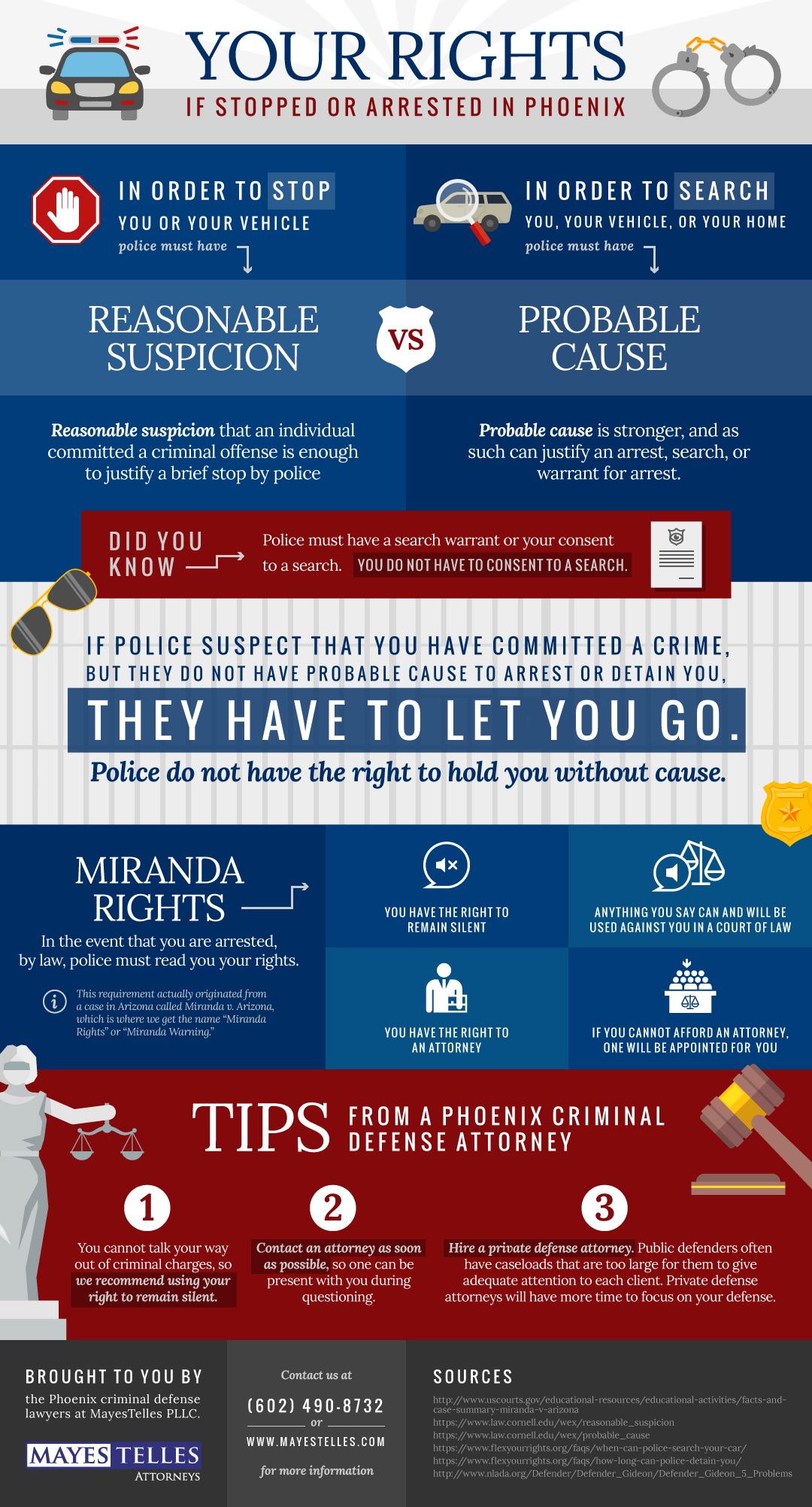What Takes Place During A Criminal Trial: A Detailed Introduction
What Takes Place During A Criminal Trial: A Detailed Introduction
Blog Article
Material Develop By-Donovan Thompson
When you step into a criminal test, you may be amazed by the structured process that unravels. It all starts with court choice, where possible jurors are looked at for prejudices through a technique called "voir dire." Afterwards, both sides offer their opening statements, setting the stage for the evidence and statements to adhere to. You'll see how the prosecution and defense construct their situations, but what occurs next can dramatically impact the result. Recognizing these phases can expose the complexities of justice, however there's even more to discover about the defining moments that comply with.
Jury Selection Refine
When it comes to the jury choice process, you're diving right into a critical phase of a criminal trial. This procedure, commonly called "voir dire," entails wondering about prospective jurors to guarantee they're impartial and capable of providing a fair decision.
Learn Alot more 'll see both the prosecution and defense attorneys getting involved actively, each aiming to choose jurors who straighten with their case's story.
During voir dire, you'll see that lawyers ask concerns concerning jurors' backgrounds, beliefs, and experiences. Their objective is to determine any type of pre-existing predispositions that might affect a juror's choice. As a juror, you could really feel a mix of nervousness and inquisitiveness, yet your sincerity is essential.
After questioning, attorneys can test certain jurors for cause if they believe a juror can't stay neutral. They can additionally utilize a minimal variety of peremptory obstacles to dismiss jurors without specifying a factor.
Trial Phases Explained
The phases of a criminal trial play an essential function in ensuring a fair and structured procedure.
You'll initially experience the opening declarations, where both the prosecution and defense detail their situations. This sets the stage for what's to find.
Next off, the prosecution presents its evidence and witnesses, aiming to prove the offender's shame past a reasonable question. You'll see straight exam complied with by interrogation, permitting both sides to challenge today information.
After the prosecution relaxes its case, it's the protection's turn. They'll present their proof and witnesses, usually focusing on creating reasonable doubt. experienced criminal lawyer 'll observe that the defense does not need to confirm virtue; they simply require to test the prosecution's situation.
Once both sides have offered their arguments, you'll hear shutting statements, where each event summarizes their case. This is critical as it enhances their placements prior to the court deliberates.
Throughout just click the next document , the court ensures that the trial abides by lawful criteria and that the rights of both parties are protected.
Understanding these phases will certainly aid you value the intricacies associated with a criminal trial and the significance of each step in the quest of justice.
Judgment and Sentencing
Nevertheless proof has been presented and disagreements made, the jury or court provides a verdict, figuring out the defendant's regret or virtue. If you're part of the court, you'll mull over with your other jurors, reviewing the proof and your perceptions. This process can require time, as you'll want to guarantee everyone settles on the verdict based upon the truths.
As soon as a verdict is reached, it's revealed in court. If the accused is found guilty, the following phase is punishing. This is when the judge makes a decision the proper punishment. You may notice that various aspects influence the sentence, such as the intensity of the crime, the offender's previous document, and any mitigating conditions.
The judge may impose a series of sentences, from penalties and community service to jail time. Sometimes, the protection or prosecution can offer disagreements relating to sentencing, attempting to guide the judge's choice.
If the defendant is found not guilty, they're acquitted, and no penalty follows. Remember that a guilty judgment can usually lead to charms, where the offender may test the judgment or the sentence imposed.
Final thought
In a criminal trial, you have actually seen just how critical each action is, from jury choice to the last decision. You've adhered to the prosecution and defense as they construct their situations, aiming to convince the jury. When deliberation concludes, the verdict identifies the outcome, and if the defendant is condemned, the sentencing phase starts. Recognizing these procedures helps you value the intricacies of the justice system and the value of each function in making certain a fair trial.
